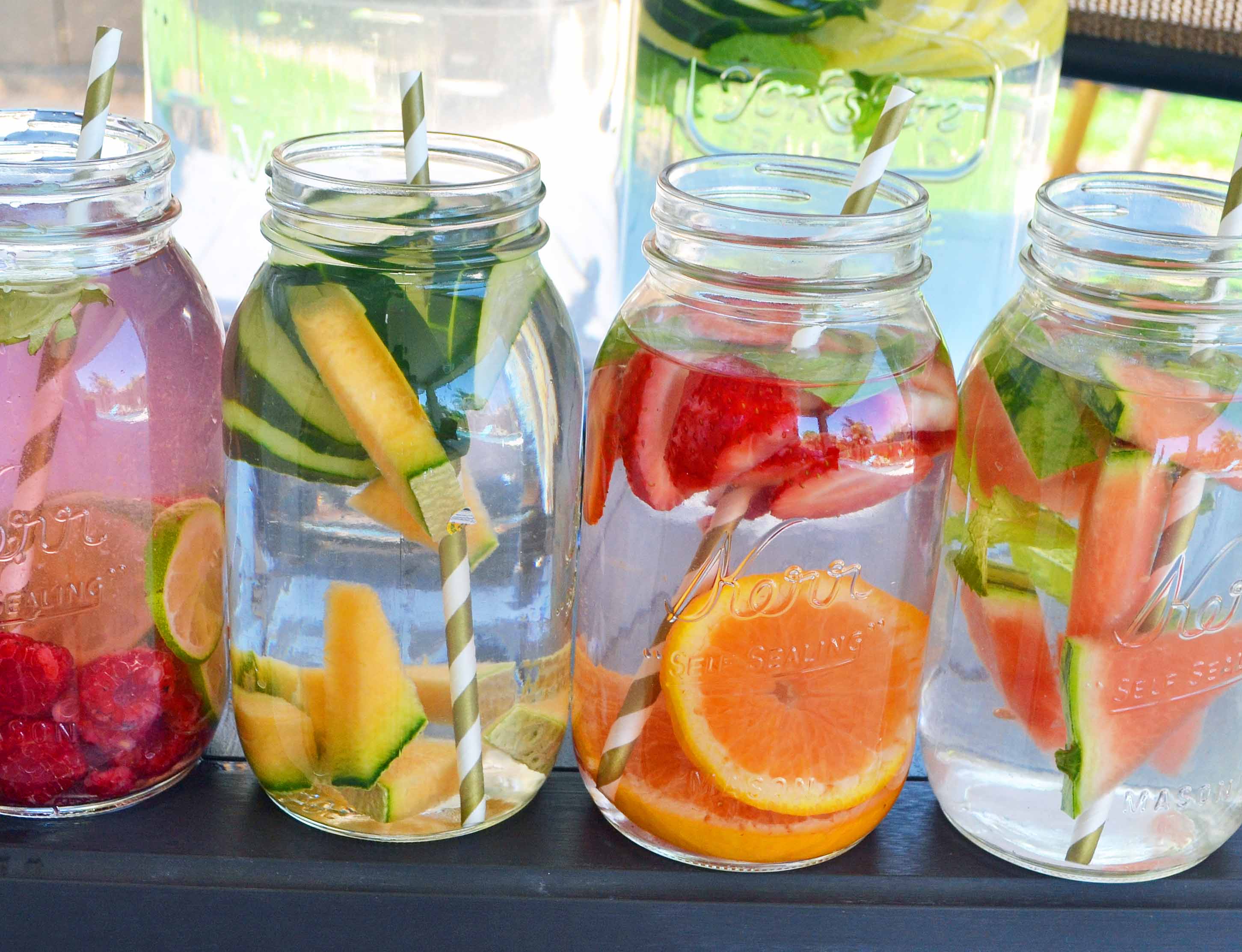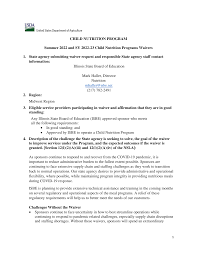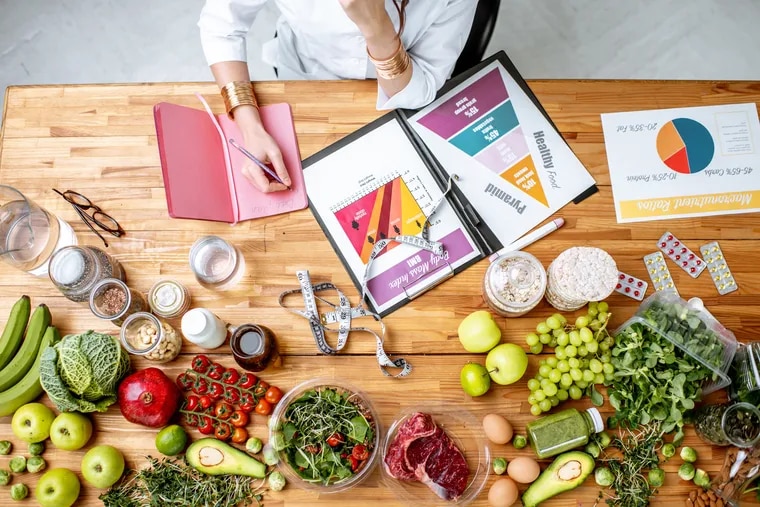
You should take into account the amount of amino acids in each food item when choosing protein sources. Different proteins contain different proportions of each amino acid, and some foods are rich in one type but deficient in others. Meat, fish, and poultry are excellent sources of protein because they are low in calories and fat. Vegetables and grain, however, contain lower levels of tryptophan (lysine), methionine and tryptophan (tryptophan) and tryptophan (tryptophan). Combining meat with vegetables can compensate for the absence of one amino acids. Most health organizations recommend meat and milk as a source for protein.
Other high-protein foods include nuts and seeds such as peanut butter, cashew butter, and almonds. Lamb is a good source for essential nutrients like iron, zinc as well vitamin B12 and Phosphorus. Lamb is high in protein and moderately fat. But a good thing about lamb is that it also has CLA, a form of an fatty acid linked with improved satiety and weight management.
Different forms of protein can be found in animal products like eggs, milk, or yogurt. The Journal of Nutrition and Diet published a study that found that men who eat high-protein diets are 33% more likely to develop heart failure. A high-protein diet can also increase the risk of heart disease in men. Another study found that high-protein diets have been associated with an increased chance of developing cancer, including colorectal or colon cancer. It has also been shown that it can negatively affect bone, liver and kidney health.
A good source of protein is legumes, which contain 27.9% of the amino acid leucine. Pea-protein isolate commercially and pea flour complement cereal based proteins. Moreover, legumes are important for vegetarian diets. They are not good sources of methionine nor cysteine but they provide adequate amounts tryptophan or threonine which are vital for proper body function.
A great source of protein is also found in beans and seeds. A quarter cup of most nuts and seeds can contain about 4 to 9 grams of protein. You can get eight to nine gram of protein from just a couple tablespoons of seeds, or tahini. An average person needs approximately 1.2g per kilo of their body weight. These foods are great for those on protein-deficient diets.

Other foods with protein can be found in meat and dairy products. Animal protein is considered to be the best source of protein, as it contains all nine essential amino acids. These foods also contain micronutrients like selenium and potassium. They are high in protein, but they can also be a source of fat. Choose low-fat varieties of dairy products or reduce the amount you eat if you are trying to reduce your fat intake.
Plant-based proteins aren't limited to meat. Many grains are high in protein. In fact, they are more abundant than you might think. Lentils can be used as a complement to meat-based dishes. Lentils can be added to soups or salads for the same benefits. You can even add them to smoothies and shakes. This is an easy way for you to add protein to meals without compromising your diet. It will also help you get the nutrients you need.
For people with diabetes, protein is vital. Not only is it an energy-boosting substance, but it also has many other benefits. It makes you feel full, and prevents you from feeling hungry too often. The more protein you have, the better. Protein is not only important for controlling your blood sugar, but it's also essential for your overall health. It balances your mood and energy. You should aim to eat two servings of fish and chicken a week.

Protein has many health benefits that are not found in carbohydrates. It increases energy levels and promotes weight loss. Excessive protein can cause adverse effects. It can also decrease your immune system. It may also reduce your chance of suffering from a heartattack. You should take steps to make sure that your body gets the right amount of protein every day. For this reason, it's essential to eat foods with high levels of protein. You should consult your doctor before you decide whether to eat a food high in these nutrients.
FAQ
What is the cost of a culinary school?
Culinary school costs vary depending on where you go, how long you study, and what program you choose. Average tuition costs between $10,000 and $30,000. Students graduate with approximately $20,000 of debt. Some programs offer scholarships, grants, or work-study opportunities.
Can you be a self-taught cook?
Yes, you can be a self-taught cook! Everyone loves cooking, regardless of whether they are skilled or not. Start cooking at home if you want to learn how to cook. You can start small by making spaghetti sauce for dinner or pancakes for breakfast. The best way to learn how to cook is to try new recipes and experiment. You might make a few errors along the way.
Cooking can take anywhere from a few hours to several months depending on the skill level. Remember that cooking is not about following recipes. There are many ways of cooking food. So if you have an idea for a recipe, use it.
What is the minimum requirement to become a chef?
No. No. Many chefs began their careers learning by themselves. Some even went on to culinary school to gain work experience. Culinary school is preferred by most chefs because they have more opportunities to grow and learn. Culinary schools offer students hands-on training, which helps them build valuable skills and improve their cooking knowledge.
How can I be hired as a chef?
Through word-of-mouth, you can find a job to be a chef. Your friends and family members might know of a restaurant that needs additional staff. There are often openings posted on websites and bulletin boards.
How do I get motivated to cook?
Cooking is fun when you share food with family and friends. Cooking for yourself is much more enjoyable than cooking for others. Try something new if you want to feel motivated to cook. You'll learn new techniques, and you'll be inspired to cook. Also, you can use recipes from different cultures to expand your culinary knowledge.
Statistics
- You'll be amazed that over 90% of CIA students receive scholarships and grants to finish their culinary studies. (ischoolconnect.com)
- According to the BLS, chefs earn $58,740 a year. (learnhowtobecome.org)
- In the United States, the category is estimated at $23.2 billion annually and is growing faster than the market. (washingtonpost.com)
External Links
How To
How to make an omelet that is perfect
Omelets have always been a favourite food to eat for breakfast. How do you make them perfect? Many different recipes and methods have failed to work for me. I have some tips and tricks to help you make delicious, fluffy omelets every single morning.
First, eggs can be very temperamental ingredients for making omelets. It is important that eggs are fresh from an organic market and kept cool until used. You must keep them cool enough to allow the whites to form properly and the yolks to become too runny if they're not kept at the right temperature. This makes your omelets look weirdly colored. If you plan to cook the eggs right away, it is best to use room temperature eggs.
You might also try separating the egg before adding to the pan. It is important not to allow any white to mix with the yolk as this could lead to the omelet becoming curdled.
If you add the egg directly onto the stovetop, you might end up burning the bottom part of the egg, which would ruin the texture of your omelet. Instead, heat the egg for 10 seconds in the microwave before placing it in the pan. The microwave heat cooks the eggs just right without overcooking them.
Next, let us talk about how to mix the eggs. You want to mix the eggs thoroughly before you add them. You need to turn the bowl of the mixer upside down. Then, vigorously shake the bowl. The egg will be thoroughly mixed in the bowl as the air is whipped.
Now comes the fun part - pouring the milk into the mixture. Pour half the milk into the beaten egg mixture and then fold in the eggs. Don't worry if there are still streaks of egg visible; these streaks will disappear once you flip the omelet.
After you have done folding the eggs, heat the pan on medium heat. The oil will start to smoke. When the oil is hot enough, add 1/4 cup butter to the pan. Stir it around until the butter covers the entire pan. Carefully open the pan's lid and add salt to the pan. A pinch of salt will prevent your omelet from sticking in the pan.
Once the omelet forms, cover the pan again. Let the top side set completely. Use a spatula to flip the omelet or turn the pan upside-down. Cook the second side for a minute or so. Remove the omelet from the pan and serve immediately.
This recipe works best using whole milk. Skimmed milk is also possible.